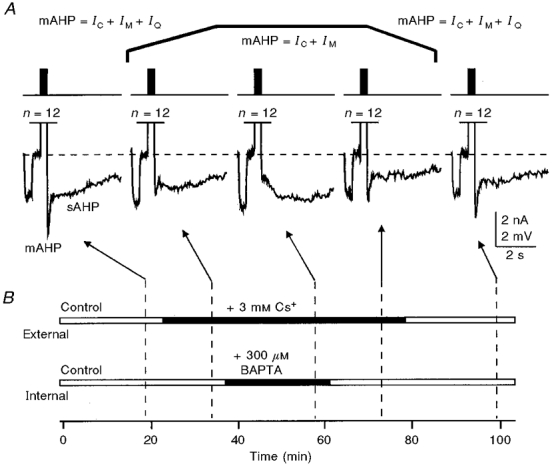Figure 7. Inhibitory effects of submillimolar concentrations of BAPTA on the mAHP can be observed after blockade of the IQ (also known as Ih) component of the mAHP by Cs+ ions.

A, trains of 12 action potentials (n, 40 spikes s−1, 300 ms) activated by 3 ms, 1500 pA current steps, were used to induce the mAHP/sAHP. A -25 pA current pulse was applied prior to each spike train to monitor the membrane input resistance. The bar diagrams in B show the timing of external and internal solution replacements. Addition of 3 mM Cs+ to the external solution reversibly blocked the hyperpolarization-activated IQ, as manifested by the increased voltage responses to -25 pA current steps, and decreased the amplitude of the mAHP. The slight increase in membrane input resistance during internal perfusion of 300 μM BAPTA was often observed with low (100-300 μM) submillimolar BAPTA concentrations. The membrane potential was held at -62 mV (dashed lines in A). KMeSO4-based internal solution.
